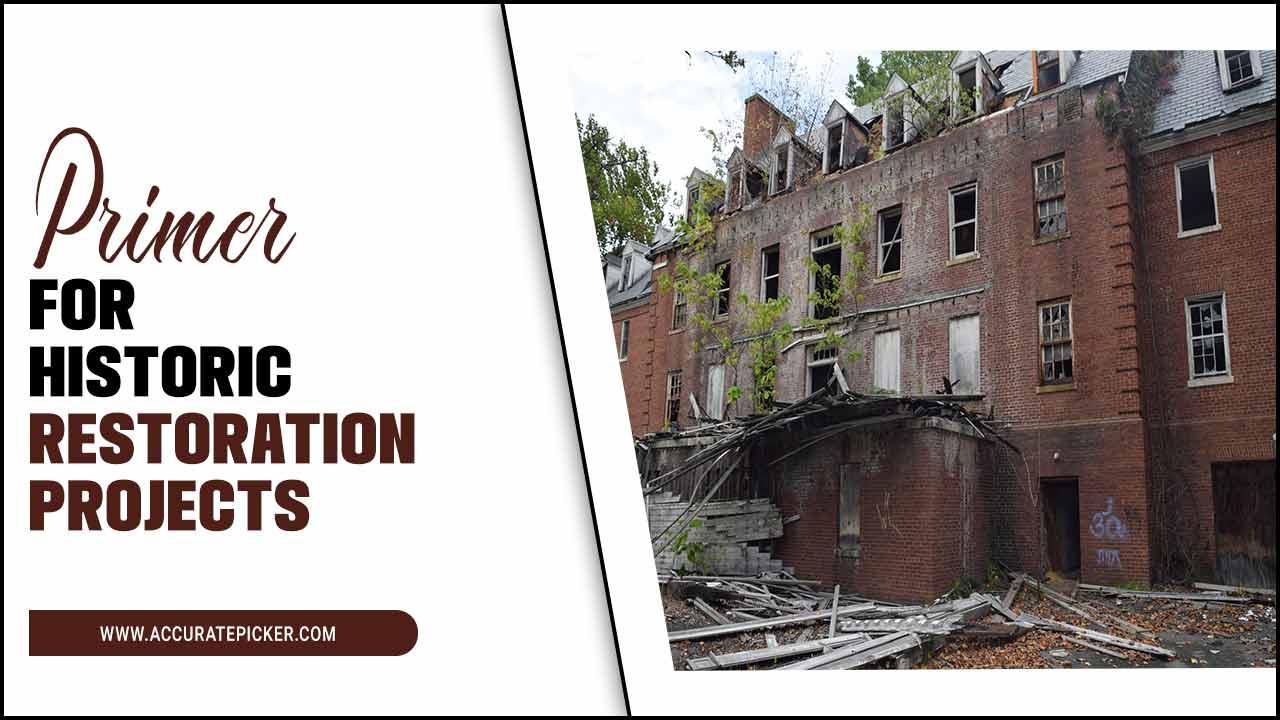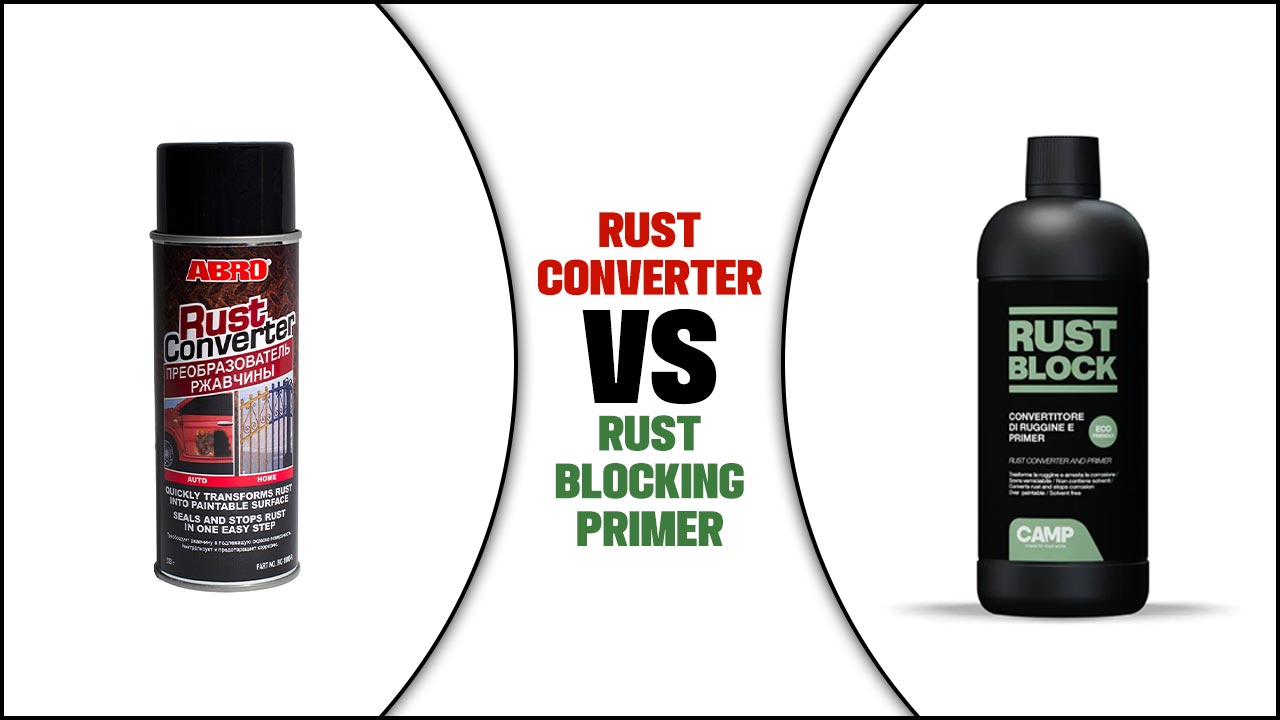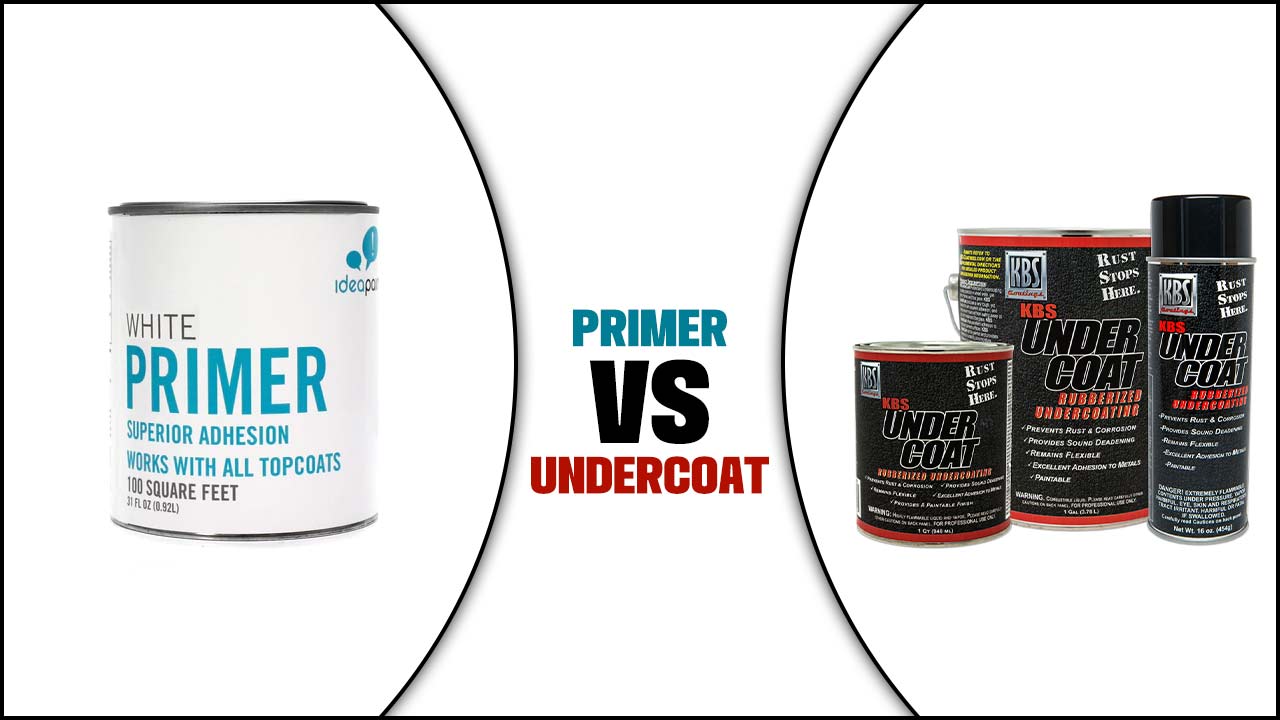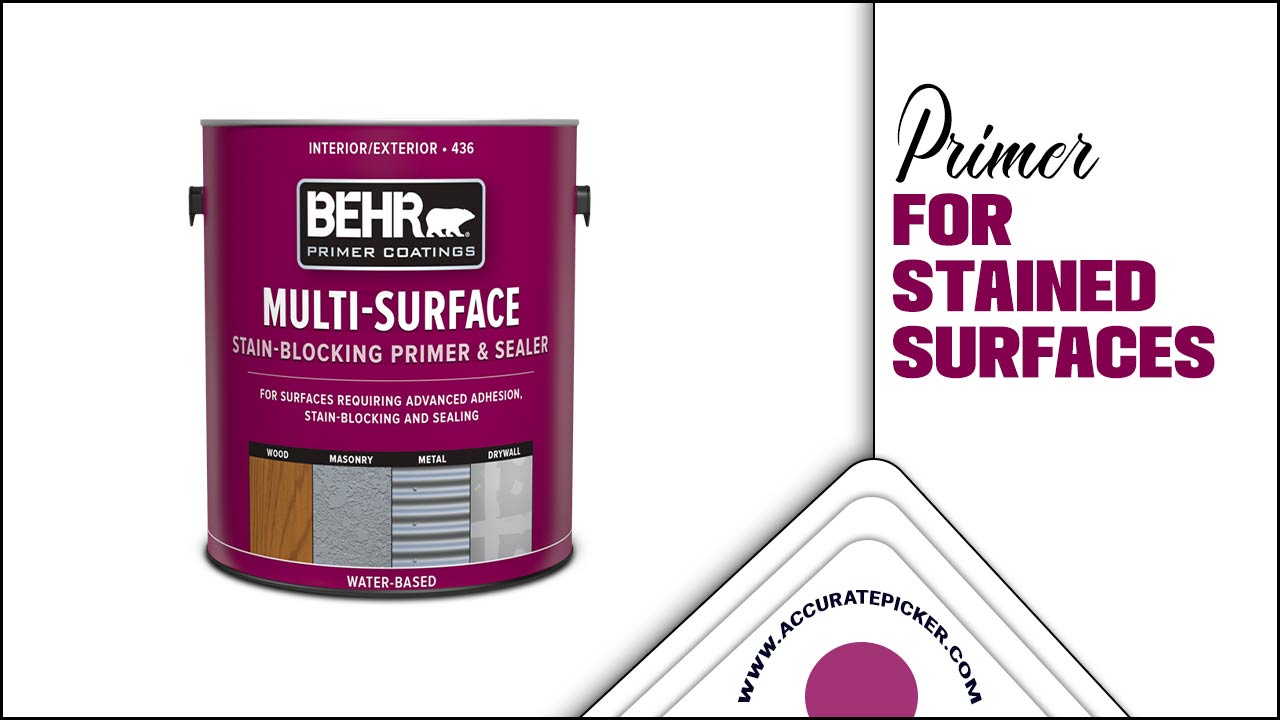Interior and exterior primers are essential components of the painting process, providing a protective layer between the surface and the paint.
Primers come in a variety of forms, from oil-based to latex-based, and can be used on a variety of surfaces. The main difference between interior and exterior primers is the type of protection they provide. Interior primers are designed to protect against moisture and mildew, while exterior primers are designed to protect against weathering and fading.
This article will explore the differences between interior and exterior primers, and how to choose the best primer for your project. With the right primer, you can ensure that your paint job looks great and lasts for years to come. So, if you’re ready to learn more about interior and exterior primers, read on.
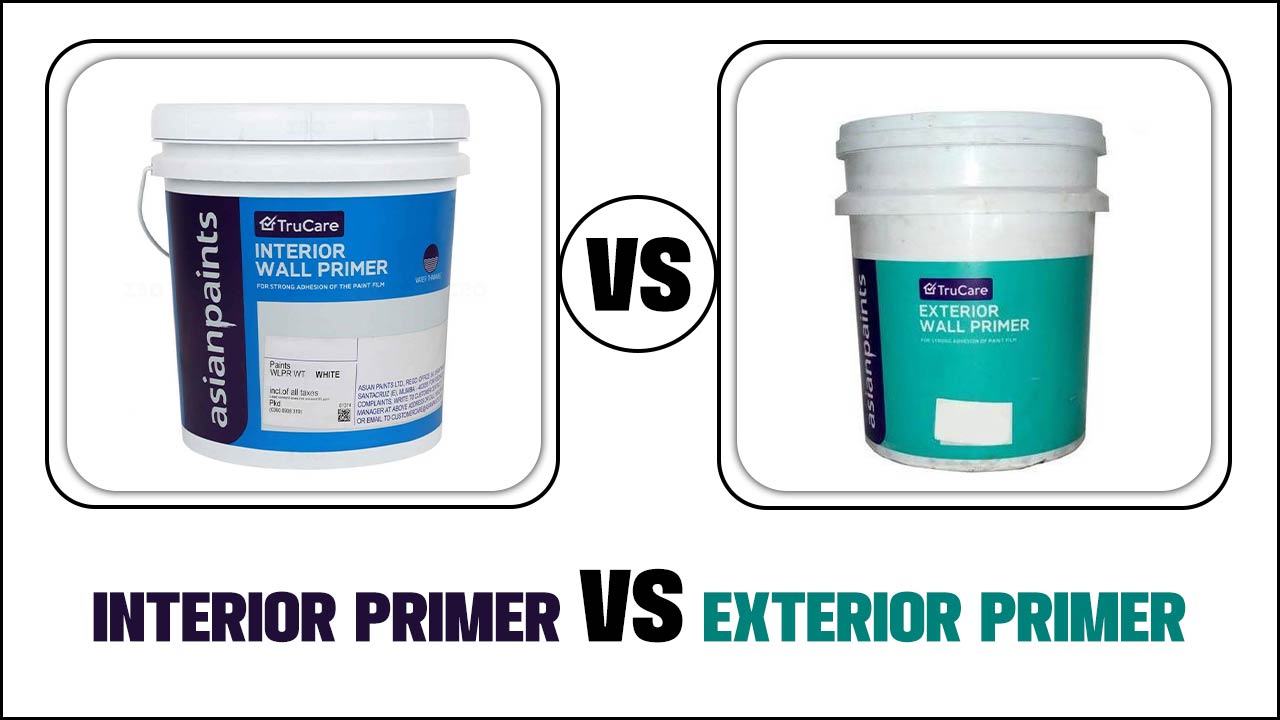
Interior Primer Vs Exterior Primer: What’s The Difference?

Interior and exterior primers are essential components of any paint job. Understanding the difference between these two types of primers is key to achieving a successful paint job. Interior primers are designed for use on interior surfaces such as walls, ceilings, and trim.
They are formulated to seal and protect surfaces, while promoting adhesion of the topcoat. Exterior primers, on the other hand, are formulated to resist mildew, moisture, and UV damage, and provide a protective barrier against the elements. Both types of primers are essential for a successful paint job, and understanding the difference between interior and exterior primers is key.
Benefits Of Interior Primer

Interior primer offers a number of benefits that make it a great choice for a variety of painting projects. Primer is an essential part of painting because it not only protects the surface from being stained, but it also creates a better bond between the paint and the wall. Interior primer is specifically designed to adhere to the unique surface of a wall and provide an even coat for the paint to adhere to.
It also prevents the paint from fading quickly and provides a longer lasting finish. Additionally, interior primer can provide a smoother finish and reduce the number of coats of paint required for a professional finish. It can also help create an even texture and hide any imperfections in the wall. Lastly, interior primer can help protect your walls from water damage and other environmental elements.
Easy Application
Interior and exterior primers offer different levels of convenience in terms of application. Interior primers are typically faster to apply since they don’t need to be as thick, and are often applied with a roller or brush. Exterior primers, on the other hand, need to be thick enough to provide a waterproof barrier, and so are usually sprayed on.
Exterior primers can also be rolled or brushed, but it requires more care and takes longer. Additionally, both types of primer require a certain amount of drying time before they can be painted over. Interior primers typically dry faster than exterior primers, which is an important factor to consider when planning your project.
Affordable
When it comes to primers, affordability is a major factor to consider. Interior primers are typically cheaper than exterior primers due to the fact that they are designed to be used in sheltered environments. Interior primers are typically applied to surfaces that will not be exposed to harsh weather conditions, while exterior primers are designed to protect surfaces from UV rays, moisture, and other environmental elements.
Interior primers are also typically less durable than exterior primers, meaning they may not last as long. However, the initial costs for interior primers are usually much lower, making them a great option for those looking to save money.
Durability
When it comes to durability, interior primer and exterior primer are both designed to last. Interior primer is designed to handle the wear and tear of everyday use. It is more resistant to dirt and stains, making it suitable for high-traffic rooms. Exterior primer is specifically formulated to stand up to the elements.
It is highly resistant to weathering, moisture, and ultraviolet light, making it ideal for outdoor surfaces. Both types of primer are designed to withstand the elements and have long-lasting results.
Variety Of Colors
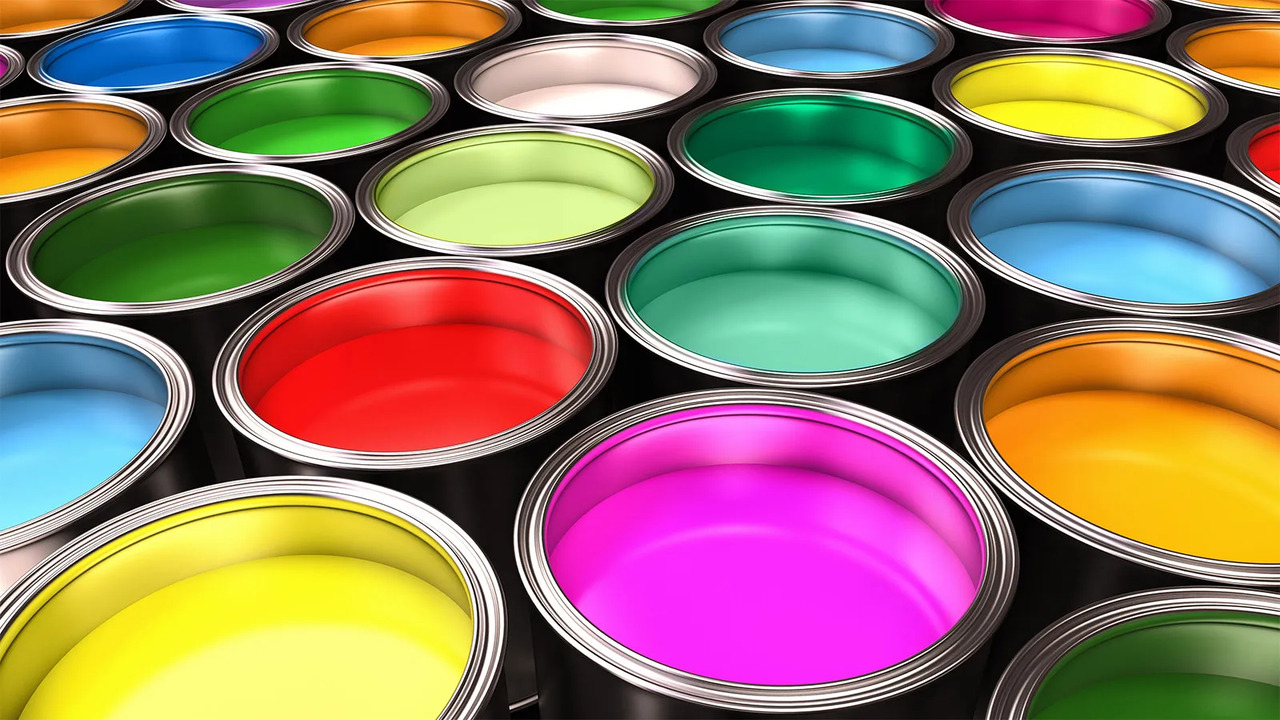
When it comes to interior primer and exterior primer, one of the most significant differences is in the range of colors available. Interior primers typically come in a variety of whites and off-whites that are designed to create a neutral base for interior paint. Exterior primers, on the other hand, are often available in gray and other colors that are designed to match the color of the home’s siding or other exterior finishes.
Additionally, exterior primers often contain a higher concentration of UV-resistant pigments that will help to protect the home’s exterior from fading due to prolonged exposure to the sun. In some cases, it may also be possible to find exterior primers in specialty colors, such as red or blue, that can be used to create a unique look for a home’s exterior.
Benefits Of Exterior Primer

Exterior primer provides many benefits over interior primer. It is specifically designed to protect surfaces against the elements, such as rain, snow, and UV rays. It creates a barrier that helps to keep moisture from seeping into the wood and causing rot.
It also provides a smooth, even base for the topcoat, which helps ensure an even finish. Exterior primer also helps to seal in any existing stains and odors, making the surface easier to paint and prevent the paint from peeling or bubbling. It also helps the paint to adhere better, creating a longer-lasting finish. The added protection from exterior primer can help increase the longevity of the paint and keep the exterior of the home looking great for years to come.
Protects Against Moisture
Interior and exterior primers both provide a barrier between the surface and the topcoat, but they differ in how they protect against moisture. Interior primers are designed to protect indoors against humidity and condensation. They tend to be water-based, with high levels of solids to provide a good seal. Exterior primers are designed for outdoor use and are meant to protect against rain, snow, and other elements.
They are usually oil-based and contain additives that increase adhesion and durability. In most cases, exterior primers will also have a higher solids content than interior primers. Additionally, they often contain mildewcides, fungicides, and other compounds that protect against mold, mildew, and other moisture-related issues.
No matter what type of surface you’re priming, using the appropriate primer for the job is important to ensure your paint job is durable and long-lasting.
Low Voc Content
When it comes to interior and exterior primers, they both serve different purposes. Interior primers are designed to provide a base coat on walls and ceilings, while exterior primers are used to protect surfaces from the elements. One important thing to consider when choosing a primer is the low VOC content. VOC stands for volatile organic compounds, which can be released into the air and have a negative effect on air quality.
Low VOC interior and exterior primers are available, which have a much lower chemical content. These primers are often more expensive, but they are the best choice for those who are trying to reduce their environmental impact. As with all primers, it is important to read directions carefully and follow the manufacturer’s instructions for best results.
Prevents Fading
Interior and exterior primers both serve the purpose of providing a protective base coat prior to painting a surface. However, there are differences between the two that should be taken into consideration when painting. One of the main differences between interior and exterior primers is their ability to prevent fading.
Exterior primers are designed to offer maximum protection from sun damage and therefore are able to prevent fading over time. Interior primers, on the other hand, are usually less expensive and provide a smoother surface, but are not as effective at protecting from sun damage as exterior primers.
Additionally, exterior primers are also better at resisting moisture and mildew, making them more suitable for outdoor applications. Although interior primers can be used for outdoor projects, exterior primers are often the preferred choice for surfaces that need maximum protection.
Good Adhesion
When selecting a primer, adhesion is an important factor to consider. Interior primers typically have a higher adhesion than exterior primers, as they are designed to adhere to surfaces like wood and drywall. Exterior primers, on the other hand, are designed to adhere to surfaces like concrete and metal, and may not adhere as well to porous surfaces like wood and drywall.
When choosing a primer, be sure to look for a product that is designed to adhere well to the surface you are painting. Look for primers that are formulated to provide a strong bond and superior adhesion.
Conclusion
Interior and exterior primer serve different purposes. Interior primer is designed to provide a smooth and even base for interior paint. It helps to seal porous surfaces and fill in minor imperfections.
Exterior primer is designed to protect surfaces from moisture and UV damage and to provide a better bond for exterior paint. It also helps to block out tannin stains from wood and masonry surfaces. Both interior and exterior primer are essential for achieving a professional-looking paint job
FAQ’s
1.Can You Use Interior Primer Outside?
Ans: No, interior primer should not be used outside as it is not designed for outdoor use and may not provide adequate protection for exterior surfaces. Exterior primer should be used instead, as it is specifically formulated to resist the elements and provide a strong, durable base for outdoor paint.
2.Do You Need A Special Primer For Exterior Paint?
Ans: Yes, you need a special primer for exterior paint. Primers are designed to help paint adhere better to the surface and provide better protection from the elements. Exterior primers are formulated to resist moisture and mildew, and provide better adhesion of paint. Primers for exterior surfaces are typically available in latex or oil-based formulas.
3.Can I Use Interior Primer For Exterior?
Ans: No, interior primer is not suitable for exterior use. Exterior primer has different properties that protect against the elements and provide a strong base for exterior paint. Interior primer is designed to adhere to indoor surfaces that are not exposed to moisture and weathering. Exterior primer is often formulated with a higher resin content for a tougher finish.
4.Can Kilz Interior Primer Be Used Outside?
Ans: No, Kilz interior primer is not suitable for outdoor use. It is formulated for interior use to block out odors, stains, and smoke from previous occupants, but it is not designed to withstand the elements. For outside projects, Kilz offers a line of exterior primers that can protect against water damage, mildew, and UV rays.
5.Is There A Difference Between Interior And Exterior Primer?
Ans: Yes, there is a difference between interior and exterior primer. Interior primer is designed to seal and protect the surface from stains, moisture, and mildew, while exterior primer is designed to seal and protect the surface from moisture, ultraviolet light, and mildew. Interior primer is usually made with a latex base, while exterior primer is generally made with an oil-based formula. Interior primer is usually tinted to match the color of the paint, while exterior primer is usually white.
6.Does Kilz Work Outside?
Ans: Yes, Kilz is designed to work outside. It is an oil-based primer with a water-resistant seal that can be used to protect surfaces from moisture, mold, mildew, and other outdoor elements. Kilz can also be used on wood, masonry, stucco, and metal surfaces. It is best to use Kilz on surfaces that will be exposed to direct sunlight or extreme weather conditions.


